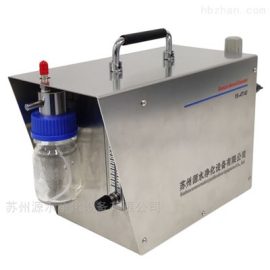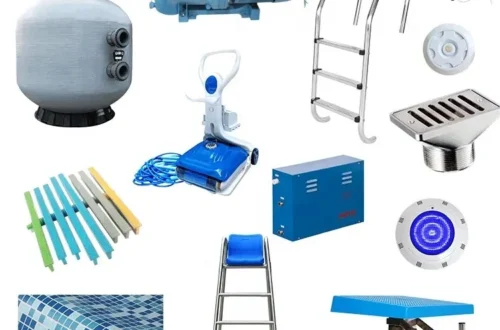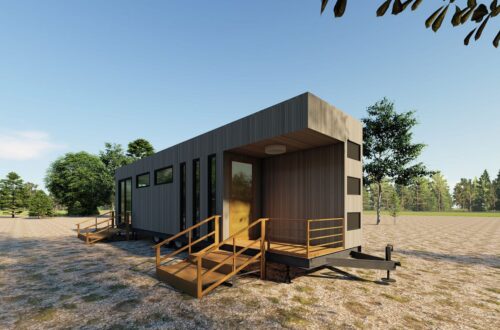Meteorological Instruments and Their Uses: A Comprehensive Guide
Meteorological Instruments and Their Uses: A Comprehensive Guide
Weather affects every aspect of our lives, from daily commutes to agricultural planning. Understanding meteorological instruments and their uses is essential for accurate weather forecasting and climate monitoring. In this guide, we explore the key tools that help meteorologists predict weather patterns and keep us informed.
Essential Meteorological Instruments
Meteorological instruments measure atmospheric conditions like temperature, humidity, wind speed, and precipitation. Each device serves a unique purpose, contributing to comprehensive weather analysis.
Thermometer: Measuring Temperature
Thermometers are among the most common weather instruments. They measure air temperature, which is crucial for predicting heatwaves, frost, and seasonal changes. Modern digital thermometers provide real-time data for improved accuracy.
Barometer: Tracking Atmospheric Pressure
Barometers gauge atmospheric pressure, helping forecast short-term weather changes. A sudden drop in pressure often indicates storms, while rising pressure suggests clear skies.
Anemometer: Gauging Wind Speed
Anemometers measure wind speed and direction. This data is vital for aviation, shipping, and issuing warnings for severe weather events like hurricanes.
Hygrometer: Assessing Humidity Levels
Hygrometers determine the moisture content in the air. High humidity can signal impending rainfall, while low levels may indicate dry conditions, affecting agriculture and health.
Advanced Weather Monitoring Tools
Beyond basic instruments, advanced tools like weather satellites and radar systems provide large-scale atmospheric data. These technologies enable long-range forecasting and disaster preparedness.
Weather Balloons and Radiosondes
Weather balloons carry radiosondes into the upper atmosphere to collect data on temperature, pressure, and humidity at various altitudes. This information enhances the accuracy of weather models.
Rain Gauge: Measuring Precipitation
Rain gauges track the amount of rainfall over a specific period. This data is critical for water resource management and flood prediction.
Frequently Asked Questions
What are the most important meteorological instruments?
Key instruments include thermometers, barometers, anemometers, and hygrometers. Each plays a role in monitoring different weather elements.
How do meteorological instruments improve forecasting?
By providing precise, real-time data, these tools help meteorologists identify patterns and predict weather changes with greater accuracy.
Where can I learn more about types of weather instruments?
For a detailed overview, check out this resource on meteorological instruments and their uses.
Take Action Today
Understanding meteorological instruments empowers you to make informed decisions based on weather conditions. Whether you’re a student, farmer, or weather enthusiast, exploring these tools can deepen your knowledge. Start by researching reliable instruments for personal or professional use!


